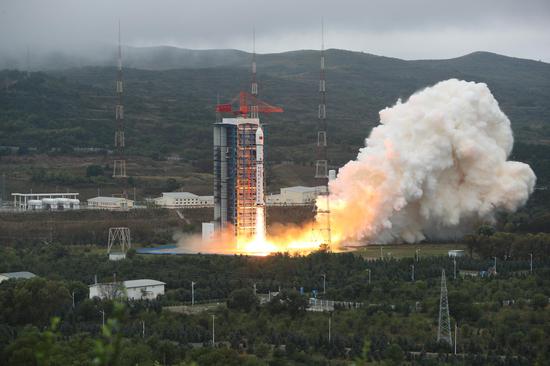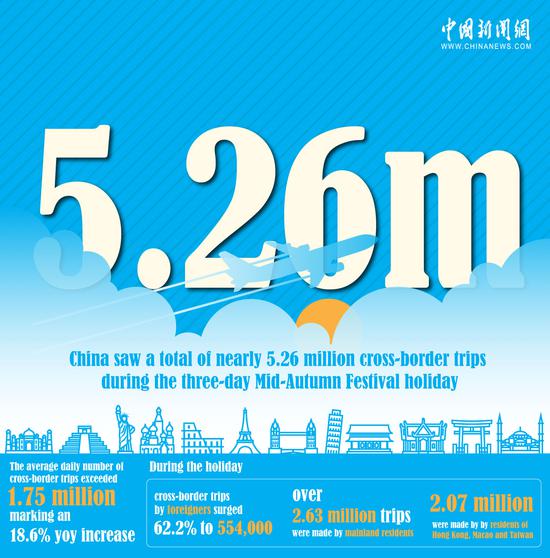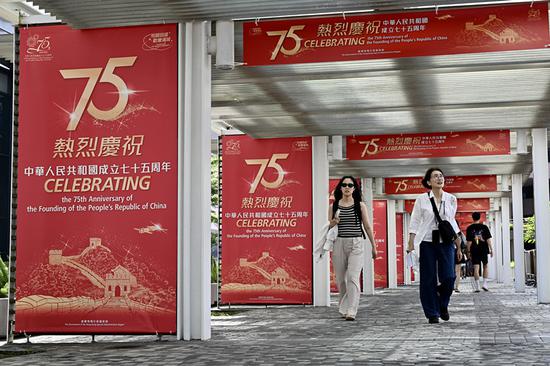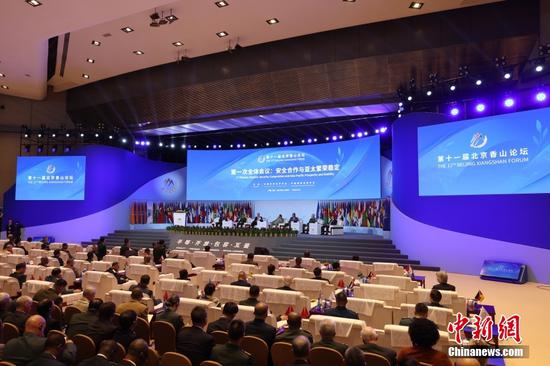China's top private enterprises are ramping up their research and development expenditures, reflecting a shift toward innovation to become more competitive on the global stage, said government officials and industry experts.
According to a report released by the All-China Federation of Industry and Commerce on Monday, total 2023 R&D expenditures for the top 1,000 private firms reached 1.39 trillion yuan ($197.5 billion), up 4.78 percent year-on-year. They accounted for 41.88 percent of the nation's overall R&D spending.
The manufacturing sector emerged as a major contributor, with total R&D expenditures surpassing 1 trillion yuan last year. The highest R&D investments were observed in the computer and electronics sector, which invested 318.47 billion yuan with an impressive average R&D intensity of 8.34 percent.
It was closely followed by the internet and related services sector at 245.07 billion yuan and the automotive industry at 142.56 billion yuan.
Top leadership officials emphasized earlier this year the need to deeply integrate technological innovation with industrial innovation to develop new quality productive forces, highlighting the importance of reinforcing the role of enterprises as key innovators.
Gao Yunlong, chairman of ACFIC, said: "Private enterprises are expected to lead technological innovation, drive revolutionary breakthroughs and increase R&D investments. They can also strengthen the deep integration of industry, academia and research institutions, and play a greater role in strengthening and supplementing key industrial chains, as well as in the transformation of technological achievements and self-reliance."
Notably, China's R&D efforts are increasingly narrowing the gap with other leading economies. Some 217 of the global top 1,000 R&D-invested firms are from China, with total R&D investments amounting to 1.27 trillion yuan.
The year-on-year growth rate of R&D expenditures for these top 1,000 private enterprises last year was 12.78 percent, surpassing the growth of 6.54 percent for the global top 1,000 and 7.68 percent for the European Union. The average R&D intensity for the top 1,000 private enterprises was 3.58 percent, 0.31 percentage points higher than that of the top 1,000 firms in the EU.
Xu Qin, Party secretary of Heilongjiang province, said that the province will implement more supportive policies for the development of the private economy to invigorate its growth.
"Efforts will also be made to create a top-tier business environment, ensuring comprehensive support for enterprises, enhancing gains for entrepreneurs and contributing to the overall revitalization of Northeast China," Xu said.
China will scale up R&D expenditures by more than 7 percent annually during the 14th Five-Year Plan (2021-25) period. Consultancy McKinsey &Co said in a report that such a growth target will make China the world's largest R&D spender.
Wang Peng, a senior researcher at the Beijing Academy of Social Sciences, said that amid a global economic slowdown, encouraging the private economy to increase R&D efforts is important.
"The Chinese economy will continue gathering momentum if the private sector, including smaller businesses, remains sound, given that many SMEs are being increasingly recognized for their role as leaders in new concepts and new business models," Wang said.


















































 京公网安备 11010202009201号
京公网安备 11010202009201号